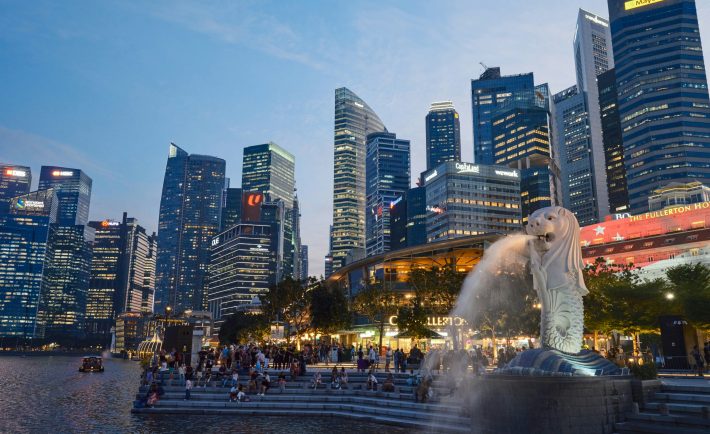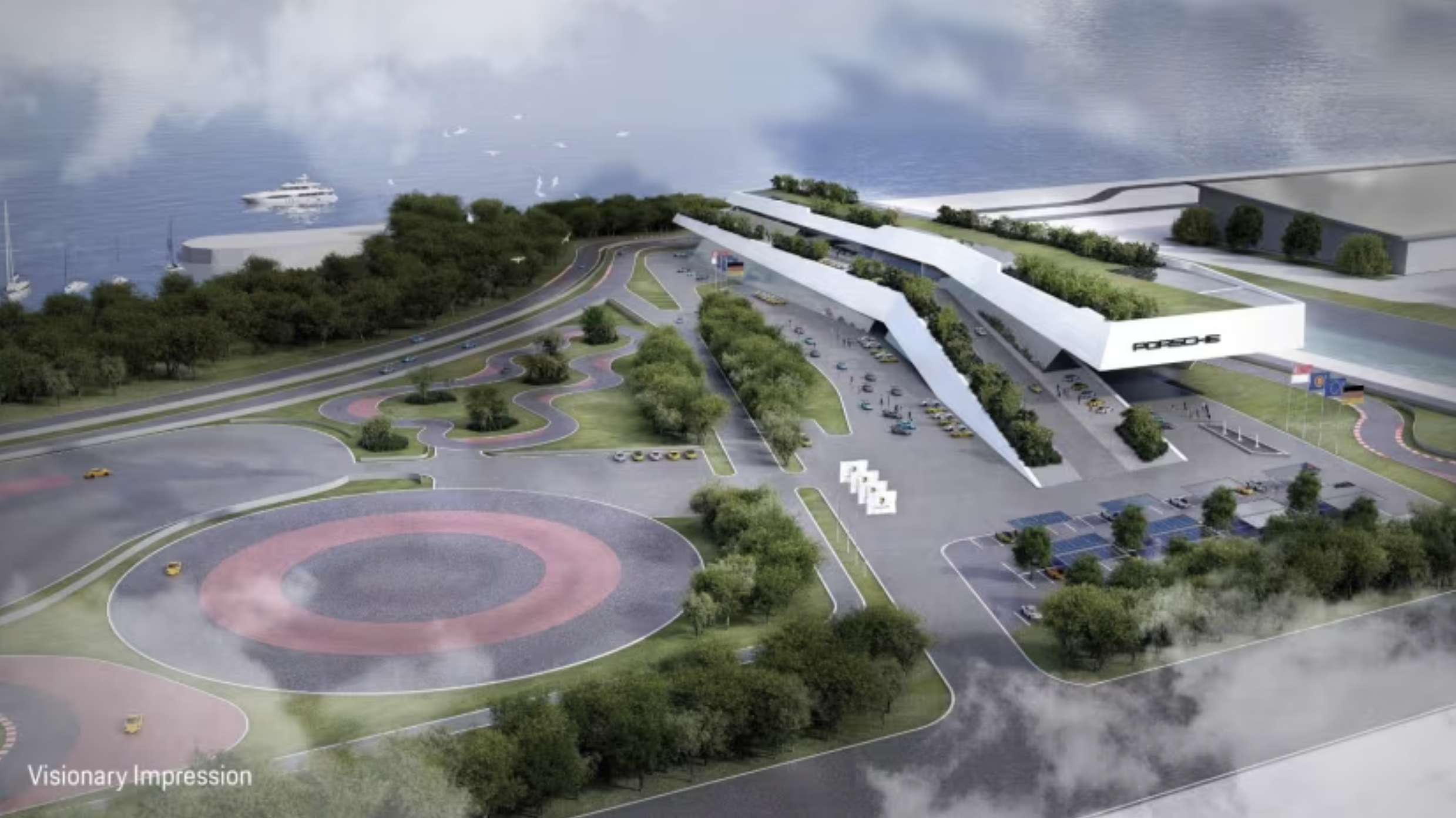
Venice and Amsterdam are taking steps to curb overtourism like charging entry fees and banning cruise ships.
Some businesses in Japan may start charging foreigners more due to crowded tourist spots disrupting locals.
While Singapore hasn’t faced major issues with millions of visitors, experts say it’s because of good infrastructure planning, but there are concerns that overtourism could eventually affect Singapore too if numbers keep rising.
Overall, many global destinations are taking action as tourists outnumber residents in certain places.
Rebound of travel & tourism after COVID-19
Travel and tourism have seen nearly undisrupted growth since the 1950s, enjoying almost golden years until the pandemic.
While COVID-19 shut many countries down, most have since reopened with tourism bouncing back.
Even before COVID-19, some warned of environmental and social issues outweighing economic gains from over-tourism.
FOMO from social media also fueled more travel.
Singapore especially benefited from tourists, with 19.1 million visitors in 2019.
This dived during the pandemic but has grown again, with 6.99 million in the first five months of 2024 alone—a 35.7% increase over 2023.
As global travel demand returns and flights resume, Singapore is on track to welcome an estimated 15 to 16.5 million visitors this year.
Tourism proves its resilience after facing huge challenges.
Singapore’s prioritizing quality over quantity
But it’s good to know that our little red dot is taking a sustainable approach to tourism development, focusing on quality over quantity.
This strategy aims to attract “richer” visitors who spend more.
Experts say this prevents overtourism issues seen elsewhere.
Attractions like a new Porsche experience center by 2027 and a wellness facility near Marina Barrage are likely to appeal to travelers.

Image Credits: Porsche Asia Pacific
Attractions are also spread out across the island nation which prevents crowding in any one area as well as scheduling events, like F1 in September and concerts earlier in the year, during off-peak seasons.
Efforts to manage tourism and avoid overtourism
Singapore is investing over S$300 million to boost tourism recovery post-pandemic through new offerings and revitalizing existing ones.
Experts note that tourists now seek more unique experiences, requiring Singapore to refresh its attractions continuously.
Overtourism risks inflated prices in undesirable ways for Singapore so industry players must monitor visitor feedback and conditions.
Imposing tourist number controls like surcharges is an imperfect solution, though other places are limiting entry visas or raising prices.
Attractions can set daily visitor caps, or similarly, adjusting attraction prices can help regulate crowds in Singapore.
However, any methods require balance since visitors include both tourists and business travelers vital to Singapore’s economy.
Balancing growth and environmental impact
Singapore is promoting sustainable tourism as part of its Green Plan 2030, similar to cities like Copenhagen offering free activities to visitors who participate in recycling or biking.
This “rewards green actions” and offsets tourism’s environmental impact.
By 2025, 60% of Singapore hotel rooms aim to earn sustainability certification and hotels target reducing emissions by 2030 and net-zero by 2050.
Singapore also wants to be Asia Pacific’s top sustainable MICE destination by 2030.
Changes include hotels providing water filtration over bottles and tiny lodgings using fewer resources.
Meanwhile, local agencies avoid overcrowding and tour less-visited areas within an hour of the city, allowing flexibility.
But ultimately, tourists must also bear their share of responsibility to prevent unsightly overtourism from happening and spreading.




